Drainage under path
raydenl
12 years ago
Related Stories

BATHROOM DESIGNConvert Your Tub Space Into a Shower — Waterproofing and Drainage
Step 4 in swapping your tub for a sleek new shower: Pick your waterproofing materials and drain, and don't forget to test
Full Story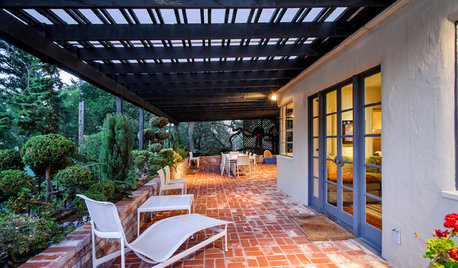
PATIOSLandscape Paving 101: How to Use Brick for Your Path or Patio
Brick paving is classy, timeless and a natural building material. Here are some pros and cons to help you decide if it’s right for your yard
Full Story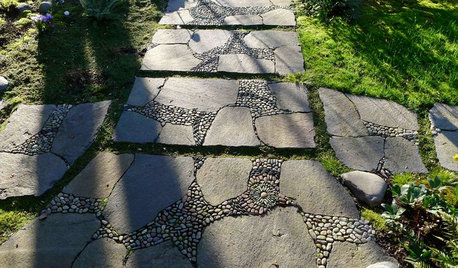
LANDSCAPE DESIGNHow to Design Garden Paths That Bring a Landscape to Life
We guide you through material and placement choices that will take your pathways from ordinary to extraordinary
Full Story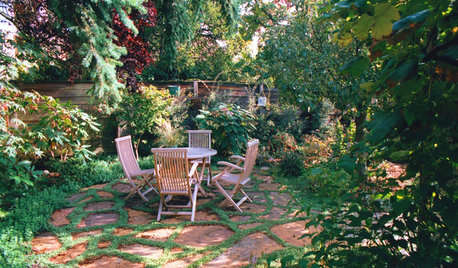
GARDENING AND LANDSCAPINGPavers for the Perfect Patio and Path
3 Landscape Designers Share Tips on Paver Materials, Installation and Cost
Full Story
Off the Beaten Path: Delightful Alcove Spaces
Create a mini retreat within your home with a recessed nook, dormer or under-stair hideaway
Full Story
HOUZZ TOURSHouzz Tour: Innovative Home Reunites Generations Under One Roof
Parents build a bright and sunny modern house where they can age in place alongside their 3 grown children and significant others
Full Story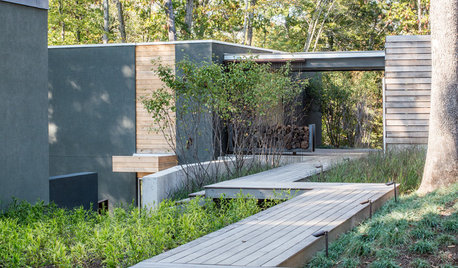
PATHSCreate Garden Mystery With a Zigzag Path
Foster intrigue by setting garden paths at angles ‘yatsuhashi’-style
Full Story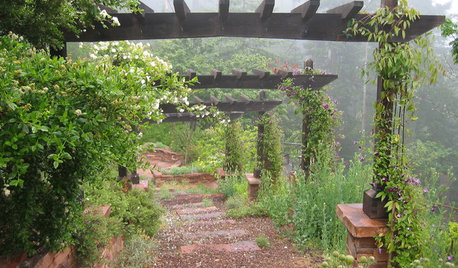
LANDSCAPE DESIGN3 Essential Elements of an Artful Garden Path
Make getting there half the fun with this insight from a landscape architect on designing a thoughtful path
Full Story
LANDSCAPE DESIGN15 Ideas for a Stunning Garden Path
Let your imagination roam as you consider the many types of walkways possible in your garden
Full Story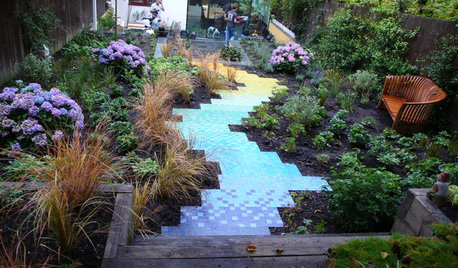
LANDSCAPE DESIGN24 Garden Paths to Inspire Memorable Journeys
Winding or straight, narrow or wide, densely or sparsely planted — there’s more than one way to design a walk
Full StoryMore Discussions









Yardvaark
Yardvaark
Related Professionals
Port Royal Landscape Architects & Landscape Designers · Garden City Landscape Architects & Landscape Designers · Cudahy Landscape Contractors · Goodlettsville Landscape Contractors · Nashua Landscape Contractors · Pleasant Prairie Landscape Contractors · Plymouth Landscape Contractors · Riverhead Landscape Contractors · Weslaco Landscape Contractors · Athens Decks, Patios & Outdoor Enclosures · Bellingham Decks, Patios & Outdoor Enclosures · Hull Decks, Patios & Outdoor Enclosures · Orland Park Decks, Patios & Outdoor Enclosures · Randallstown Decks, Patios & Outdoor Enclosures · Eatontown Swimming Pool Buildersnovascapes
deviant-deziner
Yardvaark
deviant-deziner
bahia
bahia
novascapes
Yardvaark
novascapes
natural-sens
deviant-deziner